TPO -> TPOs of Sweden
TPOs of Sweden
By Tony Goodbody
The earliest marks, dating from 1862, included initials in serif (figure 1) or sans-serif (figure 2) characters, and the date. They are thought to have been mailguard marks, the initials indicating the name of the railway. Thus "H.S.B." in figure 1 stands for Hjo-Stenstorp Banan, a 2 ft. 11 in. gauge railway in the south western corner of Sweden. ("Hjo" is pronounced "you"). Similarly L.S.S. in figure 2 stands for Lidköping-Skara-Stenstorp, another 2 ft. 11 in. gauge line.
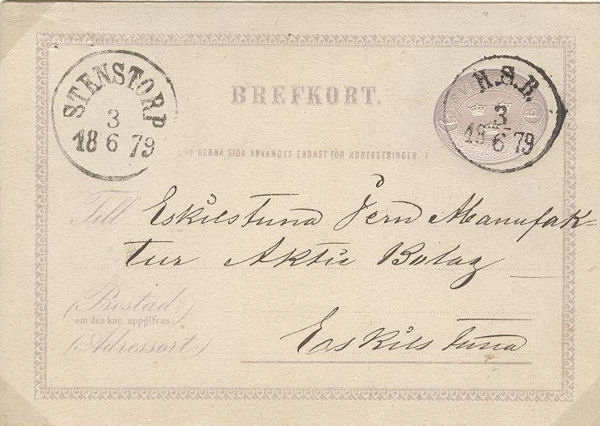
Figure 1: HJO-STENSTORP-BANAN
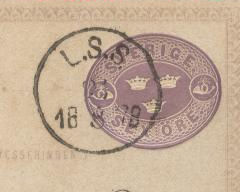 Unfortunately I know of no publication which gives a complete list of these marks.
Reidmar & Wahlbom(1) has a partial list which includes only those railways which issued freight stamps.
Unfortunately I know of no publication which gives a complete list of these marks.
Reidmar & Wahlbom(1) has a partial list which includes only those railways which issued freight stamps.
Figure 2: LIDKÖPING-SKARA-STENSTORP
Travelling Post Offices
True travelling post offices date from 1868 when the familiar P.K.X.P. postmarks made their appearance. Some routes however used cancellers with the name of the route given in serif characters in a dotted circle (figure 3) or sans-serif characters in a continuous circular postmark (figure 4).
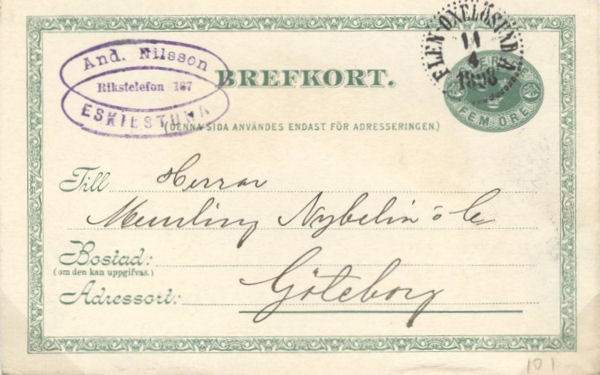
Figure 3: FLEN-OXELÖSUND
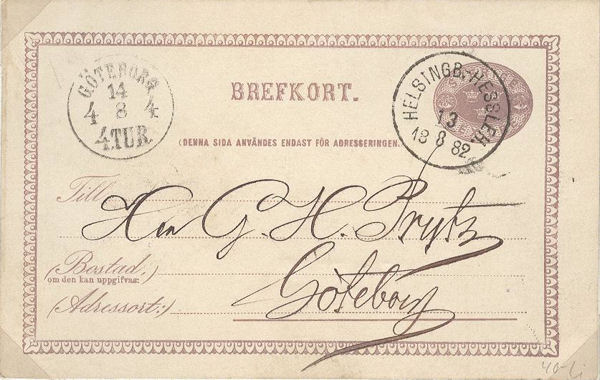
Figure 4: HELSINGBORG-HÄSSLEHOLM
P.K.X.P. and P.K.P. Marks
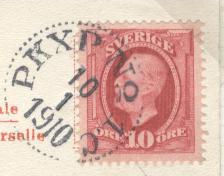 The initials P.K.X.P. (Postkupéexpeditioner) indicate Travelling Post Office (literally: Forwarding Mail Van).
Again the postmarks can be found with dotted circle and serif lettering (figure 5) or full circle and sans-serif lettering (figure 6).
The initials P.K.X.P. (Postkupéexpeditioner) indicate Travelling Post Office (literally: Forwarding Mail Van).
Again the postmarks can be found with dotted circle and serif lettering (figure 5) or full circle and sans-serif lettering (figure 6).
Figure 5: P.K.X.P. No.1 (STOCKHOLM - KATRINEHOLM)
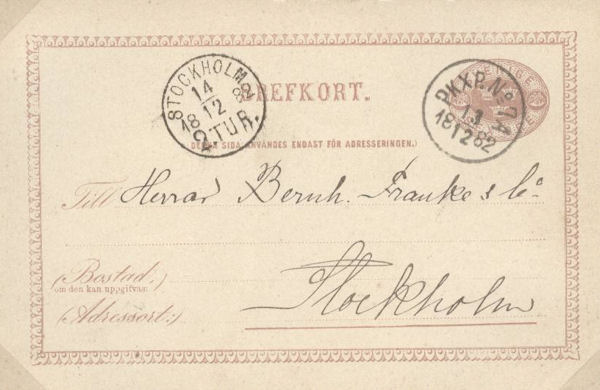
Figure 6: P.K.X.P. No.7 (CHARLOTTENBERG - LAXÅ)
It should be stressed that any given PKXP number did not necessarily indicate the same route throughout its life. To take as an example PKXP No.1 shown in figure 6; it represented the Stockholm-Katrineholm route only from 1909 to 1917. It is therefore necessary to have a complete list with dates of operation. Such lists have been published by Hjertberg(2) and Jahr(3). The two publications do not necessarily agree in every particular. Sjögren(4) gives the same information but it is arranged alphabetically in order of places served.
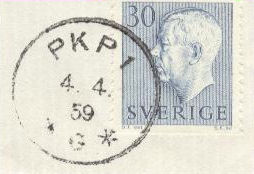 In 1913 the designation was changed from PKXP to PKP (Postkupéer). Single circle and double circle marks are known (figures 7 & 8).
In 1913 the designation was changed from PKXP to PKP (Postkupéer). Single circle and double circle marks are known (figures 7 & 8).
Figure 7: PKP 1 (STOCKHOLM - NÄSSJÖ)
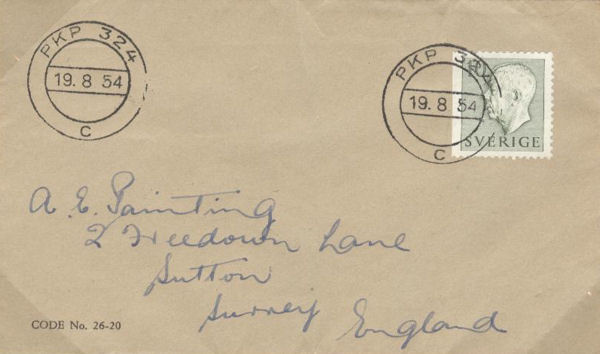
Figure 8: PKP 324 (STORUMAN - HÄLLNÄS - VÄNNÄS)
The international route MALMÖ-COPENHAGEN/ AMB. 142 and the reverse working AMB 141 had postmarks inscribed in French (figure 9). The same route numbers are found on the cancellations of the TRELLEBORG-SASSNITZ train ferry.
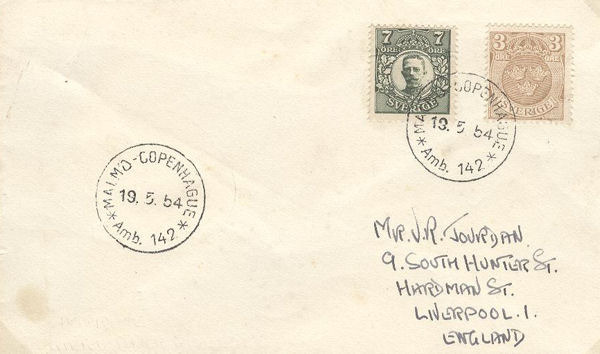
Figure 9: MALMÖ-COPENHAGUE/ Amb. 142
In 1968 all the TPOs were renumbered according to their district. Figure 10 shows PKP 952 with the initials NN which stand for Nedre Norra Distriktet (Lower Northern District).
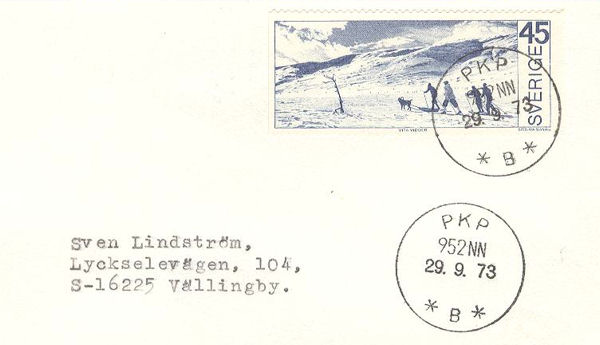
Figure 10: PKP 952 NN: SUNDSVALL - LÅNGSELE
Mailguards
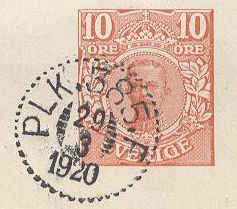 Meanwhile, in 1899 "PLK" marks had been introduced (Figure 11). The initials PLK stand for Postiljonskupéexpeditioner
(Mail Guard on forwarding Mail Van). Again the route depends on the date.
Meanwhile, in 1899 "PLK" marks had been introduced (Figure 11). The initials PLK stand for Postiljonskupéexpeditioner
(Mail Guard on forwarding Mail Van). Again the route depends on the date.
Figure 11: PLK 385 (STRÖMSTAD - GÖTEBORG)
Mail in Locked Box
Finally there are postmarks inscribed FKMB (Fack med Bevackning) which means "Mail in Locked Box." (Figure 12).
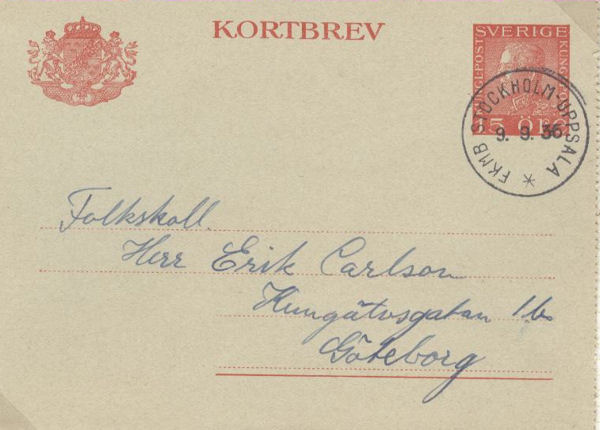
Figure 12: FKMB STOCKHOLM - UPPSALA
Bibliography:
(1) Reidmar, S. & Wahlbom, C. "Svenska Järnvägsfraktmärken" published by Svenska Järnvägsmännens Fritidsförbund, Stockholm, 1975.
This is not a book about travelling post offices but it does translate some of the mystifying initials into the names of railways.
(2) Hjertberg, P. "Postkupéexpeditioner postiljons- och postkupéer 1868 - 1968," published by the author, Göteborg, 1978.
(3) Jahr, K. "Liste over Svenske Bureauer (Postkupéer (PKP)), published by Posthistorisk Tidsskrift, Hobro, Denmark, 1975 (
Introduction in English).
(4) Sjögren, E. "Svenska Järnvägssträckor med Nummerstämplar- PKXP, PLK, PKP- 1868-1968, Uppsala, 1990.
Further reading:
Bridging the Sound - The Postal History of the Copenhagen–Malmö Crossing, by Stefan Danielski, THE POSTHORN, November 2000 [pdf].

